Ecuador
Promoting ocean transparency together
Our collaboration with Ecuador began in December 2020 when the National Directorate of Aquatic Spaces (DIRNEA) signed a memorandum of understanding to share its fishing vessel tracking data on the Global Fishing Watch map. The agreement demonstrated Ecuador’s desire to enhance its technological capabilities to bolster monitoring and control of its waters against illegal activities occurring in the ocean.
With this decision, supported by the Ministry of Defense, Ecuador took a major step forward as a key ally of ocean transparency in the eastern Pacific. The agreement stands alongside a complementary partnership that Ecuador has with Canada to strengthen bilateral efforts to combat illegal fishing and enhance Canada’s Dark Vessel Detection program, which is designed to detect fishing vessels whose location transmitting devices have been switched off, sometimes in an attempt to evade monitoring, control and surveillance.
Since October 2021, the activity of approximately 700 industrial fishing vessels was made publicly visible on our map.
With more than 1,390 miles (2, 237 square kilometers) of coastline, Ecuador is an important player in the global seafood market, which is becoming more strictly regulated each year. As a result, Ecuador’s commitment to combatting illegal, unreported, and unregulated (IUU) fishing in its waters, and the surrounding high seas, has led to its implementation of more efficient tools for managing and analyzing fishing activity.
Ecuadorian waters are home to some of the most valuable fisheries in the Pacific, such as tuna, jumbo squid and large pelagic fish targeted by international fleets. Ecuador is the largest tuna fishing nation in the eastern Pacific Ocean, responsible for more than 40 percent of the total catch in the region in 2019.
Exports of tuna and large pelagics—both fresh and processed—represent around $1.6 billion per year and are the third-largest source of income for the country, according to data from Ecuador’s Central Bank.
In addition, the country protects the Galápagos Marine Reserve, which covers about 53,000 square miles (137,000 square kilometers) of water and is home to more than 2,900 marine species, of which 25 percent are uniquely found within the protected area.

Sharing fishing vessel data
since October 2021

700+
monitored vessels
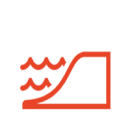
1,390 miles
coastline
How we support Ecuador
Our partnership with Ecuador supports the country’s efforts to implement the Port State Measures Agreement, an international treaty aimed at curbing illegal fishing through the administration of stricter port controls on foreign-flagged vessels entering port. Adopted in 2009 by the Food and Agriculture Organization of the United Nations, Ecuador ratified the groundbreaking agreement in May 2019.
Global Fishing Watch is committed to supporting DIRNEA in improving its analytical capabilities and harnessing cutting-edge technology for enhanced fisheries monitoring of its national and surrounding waters.
Since 2021 Global Fishing Watch has been providing Ecuador with activity reports of the distant water squid fleet operating in the Southeast Pacific, underlining the value of AIS data in creating a clearer picture of what is happening in the region’s waters.
Recent work
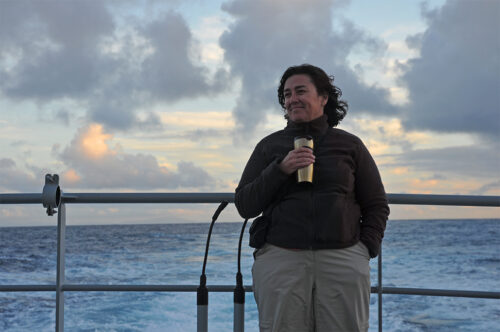
Asia-Pacific Economic Cooperation is a Powerful Forum for Boosting Transparency to Combat Illegal, Unreported and Unregulated Fishing
APEC members share marine resources across a single ocean basin. Ensuring sustainable exploitation and trade is a shared concern. The Asia-Pacific Economic Cooperation, or APEC, is an intergovernmental forum for 21 member economies in the
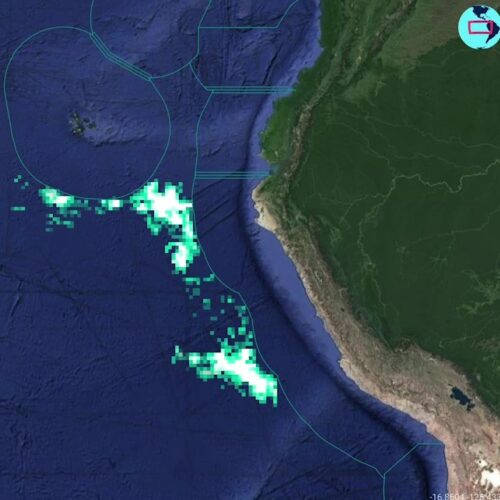
Squid Smarts: 5 Things You Need to Know about Jumbo Squid Fishing in the Southeast Pacific Ocean
An analysis of the 2020 squid season reveals key players and true scope of fishing activity The jumbo flying squid (Dosidicus gigas), commonly referred to as Humboldt squid, is the most abundant cephalopod species in
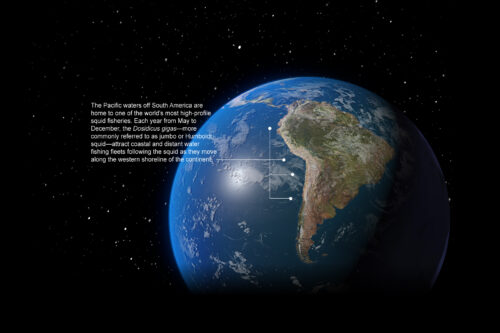
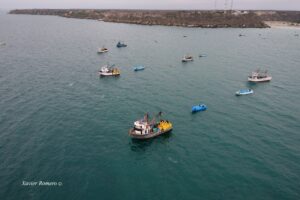
Leadership in Fisheries Management Will Help Bring Transparency to Latin American Waters
Costa Rica and Ecuador will join the Global Fishing Watch platform, furthering accountability of fishing activity in the region A new era of transparency in fisheries management is emerging in Latin America. Since 2018, Peru,